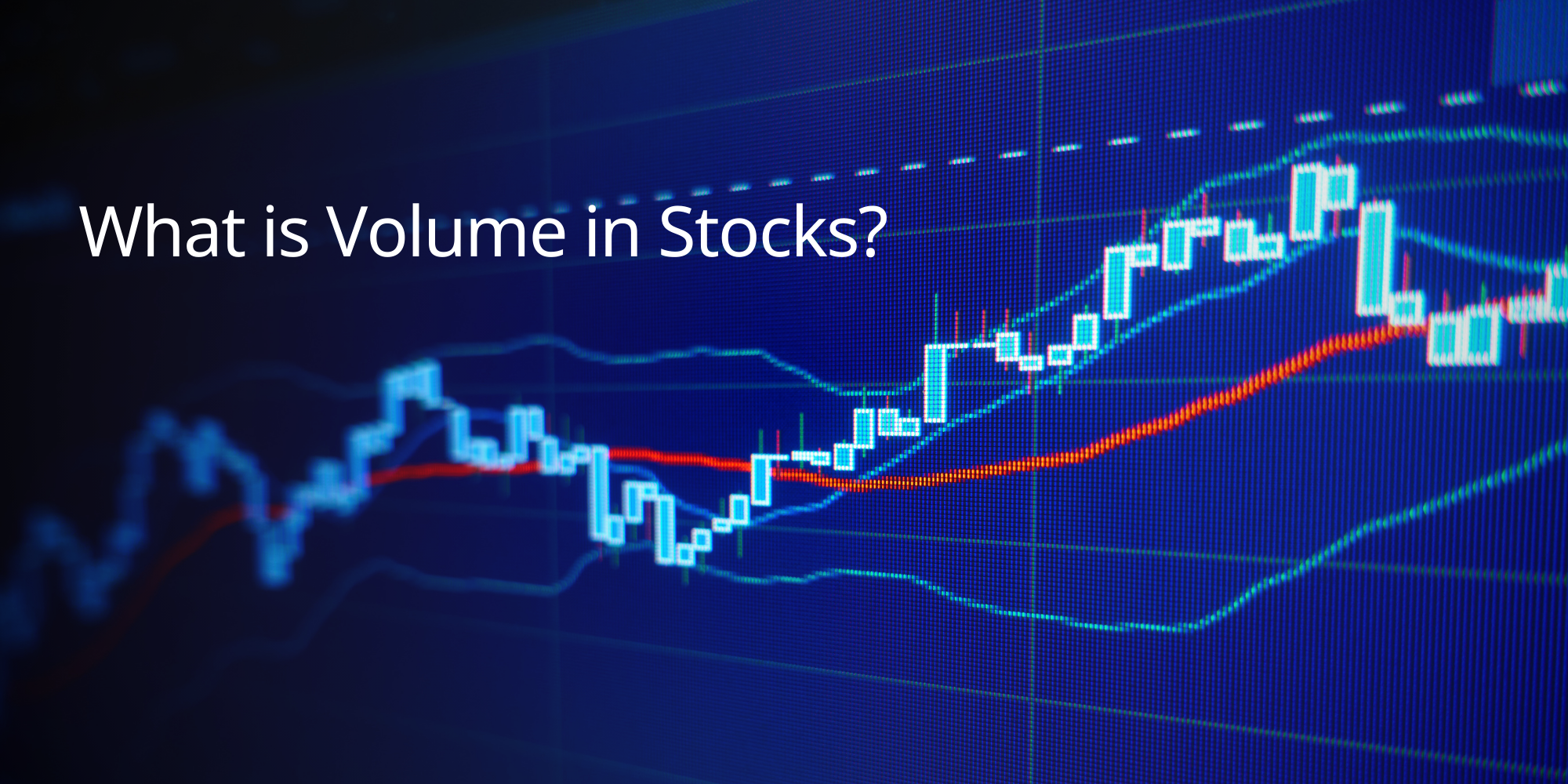Triple Top Pattern: A Bearish Reversal Signal
The Triple Top is a well-known chart pattern that signals the potential end of an uptrend. Formed by three consecutive price peaks at a similar level, this pattern reflects a strong resistance zone and weakening bullish momentum, often preceding a downward move.
In this guide from TradeSmart, you’ll learn:
- What the Triple Top pattern is and how it forms
- Key traits that distinguish valid Triple Tops from similar patterns
- How to use the breakdown below as a sell signal
- Risk management strategies to navigate potential false breakouts
Whether you’re looking to exit long trades or enter short positions, the Triple Top pattern provides valuable insights for bearish market setups.
What is the Triple Top Pattern?
The Triple Top is a bearish reversal pattern that typically forms after an uptrend. It’s characterized by three distinct peaks (high points) that occur at roughly the same price level. This indicates that sellers are stepping in to resist further price advances and that buying pressure is weakening.
Key Characteristics:
- Three Equal Highs: The pattern consists of three peaks that form at approximately the same price level.
- Support Level: A support level is formed by connecting the lows that occur between the three peaks.
- Breakdown: A breakdown below the support level confirms the pattern and signals a potential trend reversal to the downside.
- Volume: Volume typically increases on the breakdown, confirming the strength of the reversal.
How the Triple Top Pattern Works
The Triple Top pattern suggests that the uptrend is losing momentum. The formation of the three equal highs indicates that buyers are struggling to push the price higher, and the breakdown below the support level confirms that sellers are taking control.
Trading with the Triple Top Pattern
Traders often use the Triple Top pattern to identify potential selling opportunities or short-selling entries. A common strategy is to enter a short position after the price breaks down below the support level, with a stop-loss order placed above the highest of the three peaks.
Why the Triple Top Pattern Matters for Traders
The Triple Top pattern is a valuable tool that can provide traders with insights into potential trend reversals and trading opportunities. Here’s why it’s important:
- Signals Potential Reversals: The Triple Top pattern often signals that an uptrend is losing momentum and could reverse to the downside. This can help traders anticipate major shifts in the market and adjust their positions accordingly.
- Identifies Resistance: The pattern highlights a significant resistance level where the price has repeatedly failed to break through. This can be a valuable reference point for traders looking for potential entry or exit points.
- Provides Trading Opportunities: The breakdown below the support level of the Triple Top pattern can create trading opportunities for those who can identify it correctly. For example, in an uptrend, a Triple Top breakdown might signal a good time to sell or even initiate a short position.
- Improves Risk Management: By recognizing the Triple Top pattern, traders can set appropriate stop-loss orders and manage their risk more effectively. This helps to protect capital and avoid large losses during trend reversals.
Anatomy of the Triple Top Pattern
The Triple Top pattern is a bearish reversal pattern characterized by three distinct peaks that form at roughly the same price level. Here’s a breakdown of its key components:
- First Peak: The price rallies to a resistance level but fails to break through. This indicates that sellers are present at that level and are preventing further upward movement.
- First Trough: The price pulls back from the first peak, finding support at a lower level. This suggests that buyers are still present in the market, but they are not strong enough to push the price above the resistance level.
- Second Peak: The price rallies again towards the resistance level but fails to break through once more. This confirms the strength of the resistance level and suggests that sellers are still in control.
- Second Trough: The price pulls back again, finding support at a similar level to the first trough. This further reinforces the support level and indicates that the market is consolidating.
- Third Peak: The price makes a final attempt to break through the resistance level but is rejected once again. This final rejection often occurs with decreasing volume, suggesting that buying pressure is waning.
- Breakdown: The price breaks down below the support level, confirming the Triple Top pattern and signaling a potential reversal to a downtrend.
Advantages and Limitations of the Triple Top Pattern
The Triple Top pattern can be a valuable tool for traders, but it’s important to understand both its strengths and weaknesses.
Advantages:
- Early Warning Signal: The Triple Top pattern can provide an early warning that an uptrend might be losing momentum and a reversal could be imminent. This allows traders to anticipate potential trend changes and adjust their positions accordingly.
- High Probability Setup: When confirmed, the Triple Top pattern has a high probability of resolving in the expected direction (a breakdown to the downside). This can increase the potential for profitable trades.
- Favorable Risk-Reward Ratio: The pattern allows traders to define clear entry and exit points, as well as stop-loss levels. This can lead to trades with a favorable risk-reward ratio, where the potential profit is significantly larger than the potential loss.
- Prevents Overtrading: By providing clear signals and a structured approach to trading, the Triple Top pattern can help traders avoid overtrading and impulsive decisions.
Limitations:
- False Breakdowns: Not all breakdowns from the support level will result in a sustained downtrend. The price might break down and then quickly reverse back up, leading to a false breakdown and potential losses for traders.
- Pattern Invalidation: If the price breaks out above the resistance level of the Triple Top pattern, the pattern is invalidated, and the trend might continue upwards.
- Lagging Indicators: Some indicators used to confirm the Triple Top pattern, such as moving averages, can be lagging indicators. This means they might not signal the reversal until after it has already occurred.
- Ineffective in Range-Bound Markets: The Triple Top pattern is most effective in trending markets. In sideways or choppy markets, it might not be as reliable.
Mitigating the Limitations
To overcome these limitations, traders can:
- Combine with Other Indicators: Use the Triple Top pattern in conjunction with other technical indicators, such as momentum oscillators or volume indicators, to confirm signals and filter out false signals.
- Consider Market Context: Always interpret the pattern’s signals in the context of the overall market environment. Consider factors such as news events, economic data releases, and the broader market trend when making trading decisions.
- Practice Risk Management: Use appropriate risk management techniques, such as stop-loss orders and position sizing, to limit potential losses.
TradeSmart encourages traders to use the Triple Top pattern as part of a comprehensive trading strategy. By understanding its limitations and combining it with other analytical tools, traders can make more informed decisions and improve their trading outcomes.
Trading the Triple Top Pattern
The Triple Top pattern can provide valuable signals for traders who are looking for potential trend reversals. Here’s how to trade this pattern effectively:
- Identify the Pattern: Look for an uptrend where the price has formed three distinct peaks at roughly the same price level. These peaks should be separated by pullbacks (swing lows) that form a support level.
- Confirm the Breakdown: Wait for the price to break decisively below the support level formed by the swing lows. This breakdown signals a potential reversal of a downtrend.
- Consider Volume: Look for increasing volume on the breakdown below the support level. This can confirm the strength of the move and increase the likelihood of a successful breakdown.
- Enter a Short Position: Once the breakdown is confirmed, consider entering a short position (selling the asset or opening a CFD short trade).
- Set a Stop-Loss Order: Place a stop-loss order above the highest high of the three peaks. This will help limit your potential losses if the price unexpectedly reverses back to the upside.
- Consider a Profit Target: The potential price target for a Triple Top breakdown can be estimated by measuring the distance from the resistance level (the highs of the pattern) to the breakdown point and projecting that distance downwards from the breakdown point.
Example:
Imagine a stock that has been in an uptrend. The price starts to form a Triple Top pattern, with three peaks at around $50, but each time it fails to break through this resistance. The volume is also decreasing. When the price breaks down below the support level of $48 on increased volume, it confirms the pattern and signals a potential short-selling opportunity.
Conclusion
The Triple Top pattern is a reliable indicator of bearish reversals, particularly after an extended uptrend. By recognising this formation and confirming its breakout, traders can take advantage of trend shifts and align their positions accordingly.
With TradeSmart, you gain the tools and knowledge needed to trade this pattern effectively:
- Identify Triple Top setups with clarity on MT4 and MT5 platforms
- Validate breakdowns with volume or supporting indicators
- Build short-selling strategies that include realistic stop-loss and target levels
- Access educational content and live market analysis for a deeper understanding
Ready to incorporate the Triple Top pattern into your trading strategy?
- Open a TradeSmart account today and access expert-level tools
- Practice your strategy with a risk-free demo account
- Start live trading with just a $50 minimum deposit
Visit TradeSmart.com now and strengthen your approach to trading bearish reversals with the Triple Top pattern.





